Varicose veins are a serious disease that significantly affects the quality of life and without timely treatment makes it simply unbearable.
This is why it is important for all those who have faced such a problem to know the causes of varicose veins, its manifestations and most importantly, to study the best methods of treatment of this disease.
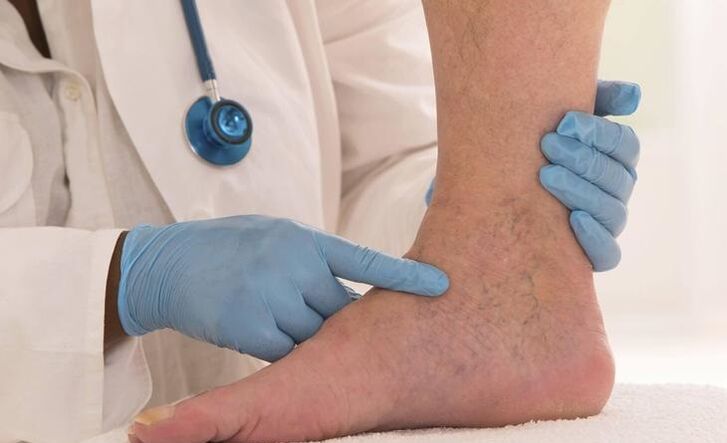
General information
Varicose veins are a chronic vascular disease that develops as a result of blood stasis (usually in the lower extremities). This is due to the failure of the vascular valves, which normally pass blood exclusively upwards, from the lower extremities to the heart. Stagnant blood puts pressure on the walls of blood vessels, causing them to become thinner, lose elasticity and deform, expanding significantly. On the feet of such a patient with the naked eye, one can observe spasmodic "snakes" of blood vessels that rise above the skin and in some places form varicose "knots".
Causes of varicose veins
There are several reasons for the development of this disease. Specifically, varicose veins can lead to:
- "Poor" heredity. Varicose veins occur in people with congenital weakness of the valve device or venous walls.
- Increased venous pressure. Very often, factors that increase blood pressure lead to such a disease, namely pregnancy, obesity, constant vertical loads (when a person stands on his feet for a day), sedentary lifestyle (sedentary work).
- Taking hormonal drugs. Some hormonal drugs, such as the high-dose estrogen pill, cause blood clots and can lead to varicose veins.
- Violation of blood circulation. These disorders can occur due to poor physical activity, smoking, wearing very tight shoes or chronic constipation.
- Hormonal disorders associated with age-related changes in the body.
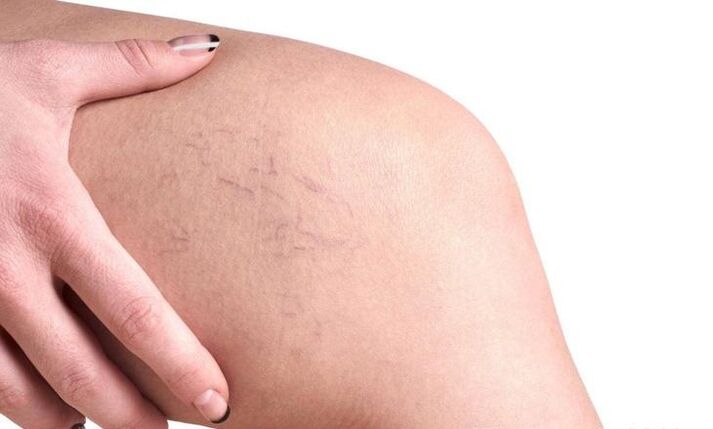
Manifestations and complications of the disease
Doctors note that varicose veins are not as terrible on their own as its complications are dangerous. Indeed, in the early stages of the disease, the expansion of the clear veins is an aesthetic problem for a person (from which women especially suffer). First, vascular networks appear on the skin - the so-called "cobwebs". At the same time, a person begins to feel heaviness in the legs, notice swelling of the limbs and feel pain when walking. These are important symptoms of varicose veins, which in no case should be ignored. If a person is not in a hurry to see a doctor and find out the cause of the disease, he risks running varicose veins and facing a problem that cannot be solved without surgery.
With the development of varicose veins, the skin in the area of the lower leg becomes thicker and becomes bluish. The patient's calves begin to "whine" even with a short walk and under the skin you can see swollen veins. In addition, over time, such veins become very painful.
But this is only the beginning of serious health problems. If a person does not start fighting the existing disease, irreversible changes begin to occur in the skin surrounding the affected veins, resulting in the development of lipodermatosclerosis and later the appearance of food ulcers. In addition, without treatment, the inner walls of the veins become inflamed and cause blood clots. This is how thrombophlebitis develops. As the size increases, the blood clots block the vein lumen and the clot can come off at any time. And this situation is full of death.
Thus, it is absolutely clear that varicose veins need to be treated. And you should start treatment as early as possible. Next, we will look at the treatment methods for this serious disease.
Medication
In the complex treatment of varicose veins, essential drugs are used. Most of them are capsules or tablets, which have a flexible effect on the body. Specifically:
- Phlebotonic. These drugs increase blood flow, preventing the development of thrombosis and at the same time increase the tone of the vascular walls. It will not be possible to eliminate varicose veins with such drugs, but they are quite capable of relieving the swelling of the legs, eliminating the burning sensation and pain.
- Blood thinners. Such drugs dilute the blood and promote better blood circulation, preventing the development of thrombosis. Medicines are prescribed only on an individual basis and the time of application is calculated by the doctor.
- Anti-inflammatory drugs. These include pills, ointments and gels that relieve pain, relieve swelling and prevent platelets from sticking together. Most importantly, these drugs prevent the inflammation of the veins that leads to thrombophlebitis.
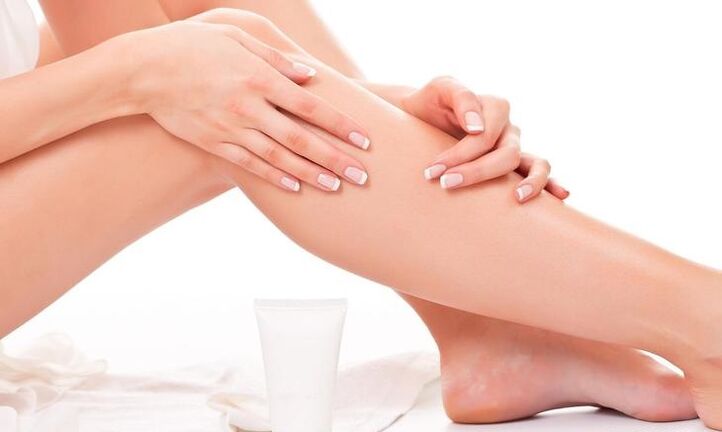
Varicose socks and tights
The fairer sex have varicose veins much more often than men. This is largely due to the hormonal changes that occur in the female body (menopause, pregnancy). This is why the best way to prevent varicose veins is to wear special socks or tights. These compression underwear compress the legs and prevent varicose veins, which means that they are an excellent prevention of varicose veins. And in the case of an already developed disease, such underwear protects the feet from pain, swelling and fatigue.
Hydrotherapy
The treatment of varicose veins with water has been known since time immemorial. At different temperatures, the veins narrow and widen, which helps increase their elasticity. Knowing this, modern doctors use hydrotherapy in the early stages of the development of varicose veins, when the vascular networks have just begun to appear on the skin. In addition, depending on the problem, the baths can be local (for the feet only) or general (for the whole body). The water temperature in such a bath ranges from 20 to 40 ° C.
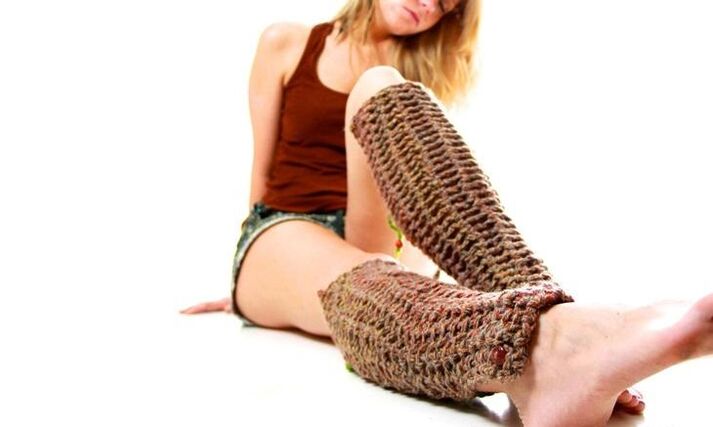
Unconventional treatments
In the complex treatment of varicose veins, non-traditional methods can also be used. Here are some examples.
Potato juice
Affected veins should be lubricated with freshly squeezed potato juice in the morning, afternoon and evening and bandages with a bandage dipped in this juice should be applied in the evening. In addition, you should drink 100 ml of potato juice 3 r / day. Varicose veins should be treated with such a drug for 3-4 months.
Apple cider vinegar
It is called "medicine number 1" for varicose veins, all because apple cider vinegar improves blood circulation, strengthens blood vessel walls and improves skin tone. It is very simple to use: 2-3 r / day you need to lubricate the skin in the area of the affected veins with vinegar. At the same time, you should drink a glass of water in which 1 teaspoon has been diluted. vinegar. The duration of treatment is 2 months.
Kalanchoe leaves
This is another effective remedy for varicose veins. Fill a half-liter bottle with cut Kalanchoe leaves halfway and fill the raw material with 40% alcohol to fill the bottle. After leaving the product to infuse in a dark place for a week, drain it and use the tincture to rub the affected areas 2 r / day. The treatment should be supplemented with a light massage of the swollen veins. This treatment lasts 4 months.
Willow bark
Baths with white willow bark will be a good help in fighting this disease. For such a procedure, it is necessary to grind the bark, after which 2 tbsp. large. Pour such raw materials with 400 ml of water and boil on low heat for 15 minutes. Add the final product to buckets of water, then lower your legs and hold for 30 minutes. And immediately after the procedure, wear compression stockings and let your feet rest. The procedures must be performed every other day for 3 months. Incidentally, to enhance the effect, a decoction of willow bark can be diluted with a decoction of oak bark.
All of these methods are excellent tools for preventing this disease and provide good help in treating varicose veins at an early stage of the disease. However, practice shows that in 80% of cases, people with affected veins go to doctors with advanced disease. In such a situation, neither compression underwear, nor creams and ointments, nor folk remedies are able to affect in any way the development of the disease. Dramatic measures are needed. Fortunately, modern medicine is ready to offer effective methods to solve this complex issue.
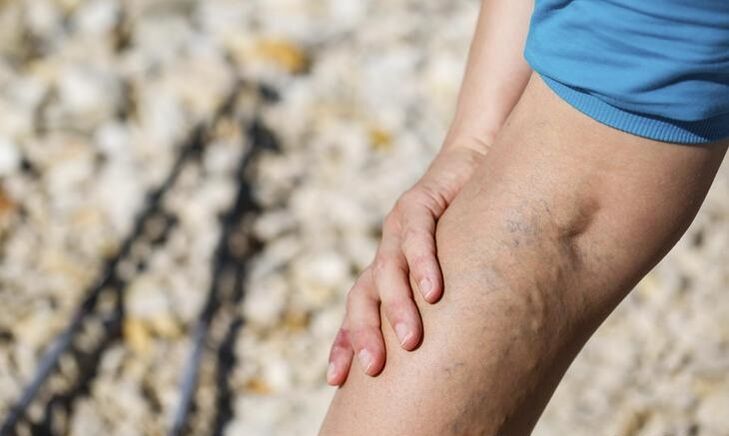
Sclerotherapy
This is a non-surgical method of treating varicose veins, in which the doctor, using a fine needle, injects a special substance into the affected vein - a hardener. Such a substance sticks together the vein from within, causing it to dissolve and blood flow to begin to flow through healthy veins. The number of sclerosing sessions may vary depending on the severity of the injury. And throughout the treatment, the patient must wear compression underwear.
As a result of such treatment, a person almost forever forgets the annoying varicose veins. Relapses occur in only 25% of cases and are usually associated with advanced disease. It is true that it should be understood that sclerotherapy is not performed on pregnant women and obese people.
Laser treatment
This is one of the modern developments in medicine that allows you to get rid of varicose veins without surgery. The radiation produced by the laser "sticks" the affected vein from the inside, thus closing its lumen and cutting the path of blood flow, which begins to travel through the deeper veins. Over time, connective tissue forms from the glued container, which then dissolves.
This method of solving the problem is more effective than sclerotherapy. It is low traumatic, the operation does not last more than 40 minutes and the patient can leave the clinic literally 2 hours after the operation. No wonder laser treatment of varicose veins is called "office surgery". In this case, incisions in the skin should be made only when the large veins are removed, while the small varicose veins are removed without damaging the tissues. Suffice it to recall that the cost of such an operation is quite high.

Radio frequency removal
More recently, in our country, they began to practice the most modern method of eliminating the affected veins, which is called radiofrequency ablation. It is used to treat the main large veins affected by varicose veins. In this case, a radiofrequency catheter is inserted through a skin puncture into the affected vein, which, using microwaves, "prepares" the vein from within. In addition, the catheter has sensors that allow you to monitor the effectiveness of the procedure.
This method can compete with laser treatment because it also does not require incisions in the skin, leaves no hematomas and is performed in just 30 minutes. On the day of surgery, the patient can return to his duties. However, the cost of such a procedure is high even compared to laser coagulation.
Surgical removal
It is important to understand that in the case of eczema, thrombophlebitis, as well as food ulcers, treatment with the above methods is not performed. It is possible to eliminate neglected varicose veins only by surgical removal of the veins in combination with sclerotherapy. However, not everything is so critical here either. In the arsenal of modern surgeons there are microtraumatic microsurgical methods that allow you to remove a diseased vein through a small incision and there will simply be no scars after the procedure. In addition, new technologies make it possible to remove painful veins in just 30-40 minutes.
You do not need to be afraid of varicose veins. On the contrary, the disease requires a lot of attention to itself and the sooner the better. Early recognition and a well-chosen method of treatment will allow you to eliminate the disease without problems and live a full life.
Good health!




































